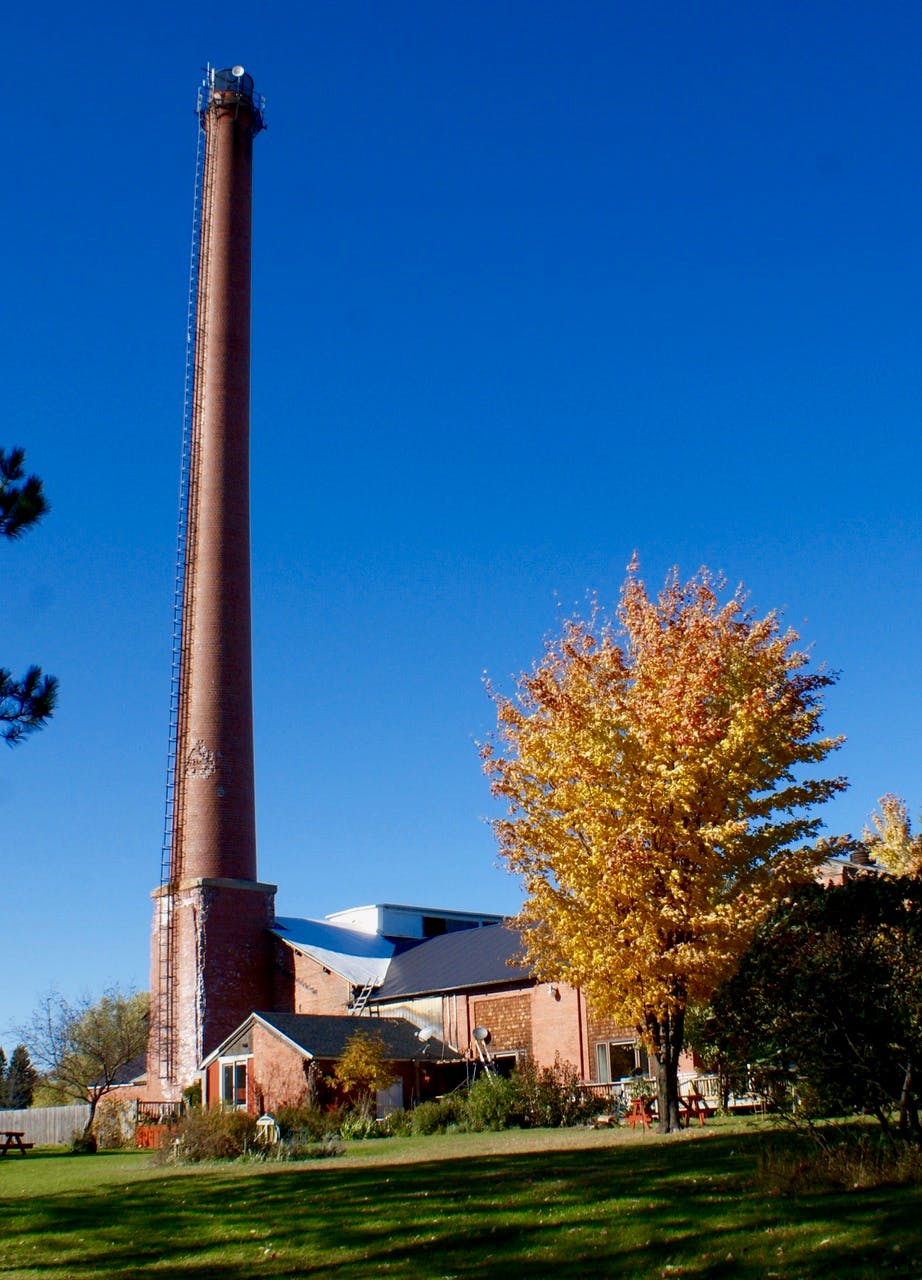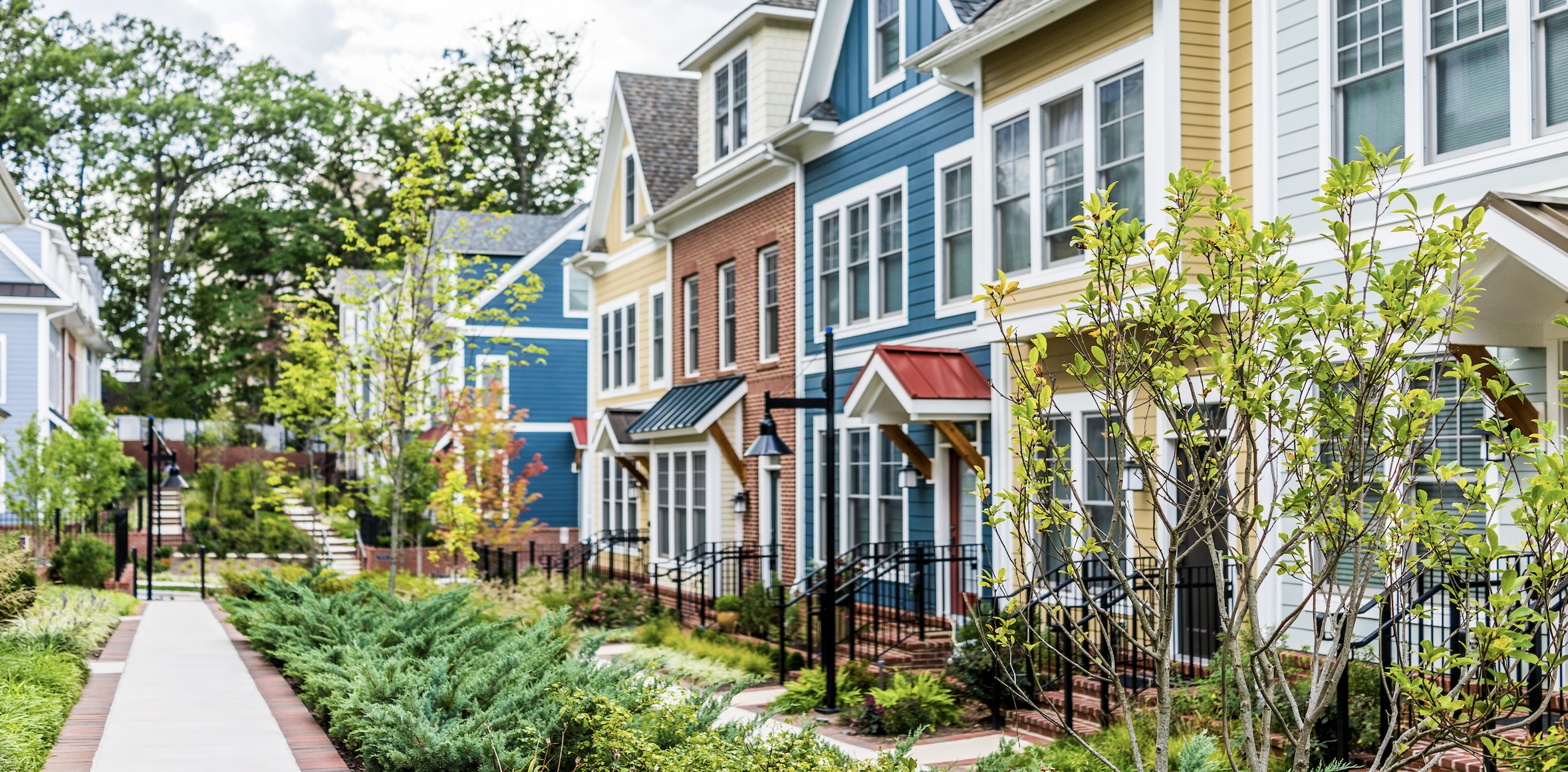Marquette is a community in Michigan rooted in history, with many famous inventors – like Henry Ford – having lived or operated a business there. As the years have come and gone, several of the lakeside town’s historic structures became idle and now lie vacant.
In some cases, however, these old properties have been refurbished into one-of-a-kind residences, investment properties for experiential rentals, or event venues. That’s where Sindy Jensen, a real estate agent with RE/MAX 1st Realty, steps in.

image-20240102-034052
In her six years as a real estate agent, Jensen has represented a variety of clients selling atypical properties in her area. From an old church to a Ford automobile mill to a revitalized train station, structures in her area are being repurposed into homes with a history unlike any other. She is now the go-to expert in marketing – and ultimately selling – within this niche market.
A historic hometown
Settled along the Great Lakes, Marquette has been perfectly positioned for a variety of business opportunities across time, according to Jensen.
“We live in a very interesting area where we have more opportunity, maybe, than other places to come across repurposed buildings,” she explains of the rural, Upper Peninsula city near the Canada border. “That poses for a lot of interesting scenarios. We’re located on Lake Superior, where sometimes things were built for importing and exporting goods. The area was developed for mining and there’s a lot of old mines up here, too.”
That history of mining culture provides context to the repurposed train depot home Jensen recently sold in nearby Negaunee.
A sampling of her rare residences
Back in December, Jensen facilitated the sale of the old Ford mill in Big Bay – a property full of potential, gigantic in size and fit for a very specific (and rather adventurous) client.
“Henry Ford liked to come up here, and he had several properties – this was one of them. The building was a factory that’s since been converted into a house. Back in 1943, however, it was a functioning mill,” explains Jensen, a member of the 100% Club.
The renovation process by the owners looking to sell was complex and involved lying platforms down where machines used to protrude through the flooring.
“The sellers had purchased the property back in the ’70s and built a residence over the already existing foundation of the old mill that was taken down. The smokestacks are still there standing over 200 feet tall.”

image-20240102-034052
Before the Ford mill, Jensen also helped a client sell a home inside a church, built in the 1880s, in the nearby town of Michigamme.
“I had a client who purchased an old Swedish church and transformed it into a getaway outside of town,” she says.
“All the original stained-glass windows from 1870 are still in place. There was a crack here [and] a hole there. It was a property that needed some love and care, but the inside of it was still very beautiful.”

image-20240102-034052
Advice for agents listing unusual homes
The Ford mill was originally listed with a different real estate brokerage in the area, but when the listing expired, Jensen stepped in to take over, adjust the price and help the owners finally sell the home. From this experience, she asserts one of the most difficult aspects of listing an unusual home is setting the right price.
“That’s the thing on all these properties – it’s so hard as an agent to find comps. You can’t know exactly what that magic number is or what’s going to bring value to the buyer’s side. All you can really do is some extensive studying of similar size properties in similar areas and do your best to come up with a price,” she advises. “Prepare your sellers and discuss with them the feedback [you] get from [initial] interested buyers, because the buyers’ opinion is what matters most.”
In addition to pricing accordingly, it’s important to arrange a non-traditional home in a way that buyers can envision using the space. For example, when selling the train depot home, Jensen suggested the seller stage the interior to have more separated living spaces for intimate gathering. Having been used previously as an event venue, the many dining tables and minimal couch space would not have fared well for a buyer looking to call the ticket-window-laden house their new home.
Additionally, intensive marketing is crucial when selling such unusual homes. For starters, ensure the listing photos – especially the first few – are captivating, high-quality, and showcase the most impressive features of the home. The photos must strike a balance between capturing historical elements while looking like a suitable place for modern living.
“It’s not just about the historical value of the home, but could [the buyer] actually imagine [themselves] living here? Or, could they imagine using it as an income property and renting it out? You just need to find the value in buyers’ eyes and work that angle,” Jensen explains. “It’s all about the future of the property. And as a consumer, perspective photos are so important.”
Offering up a listing as the subject of a story to local media also bodes for free advertising and extensive coverage.
“There are special avenues of advertising for unusual properties,” Jensen says. “I like to take these properties and get their stories online and into articles. Be the agent who reaches out to news outlets that are looking for stories about unique things and pitch your listing to them.”
Recommended For You
Building Business| ‘RE/MAX Gives Me the Platform to Be Who I am,’ Says Star Agent
Get RE/MAX News delivered to your inbox! Sign up for News Alerts in the footer below.







